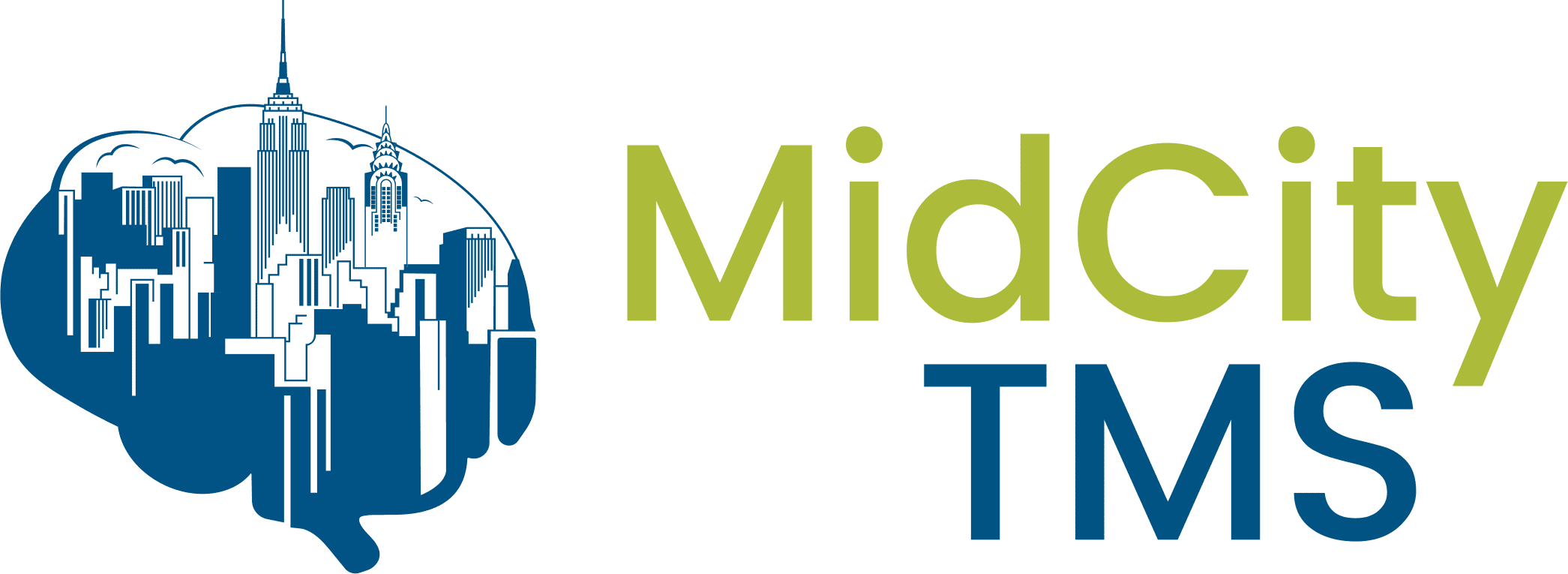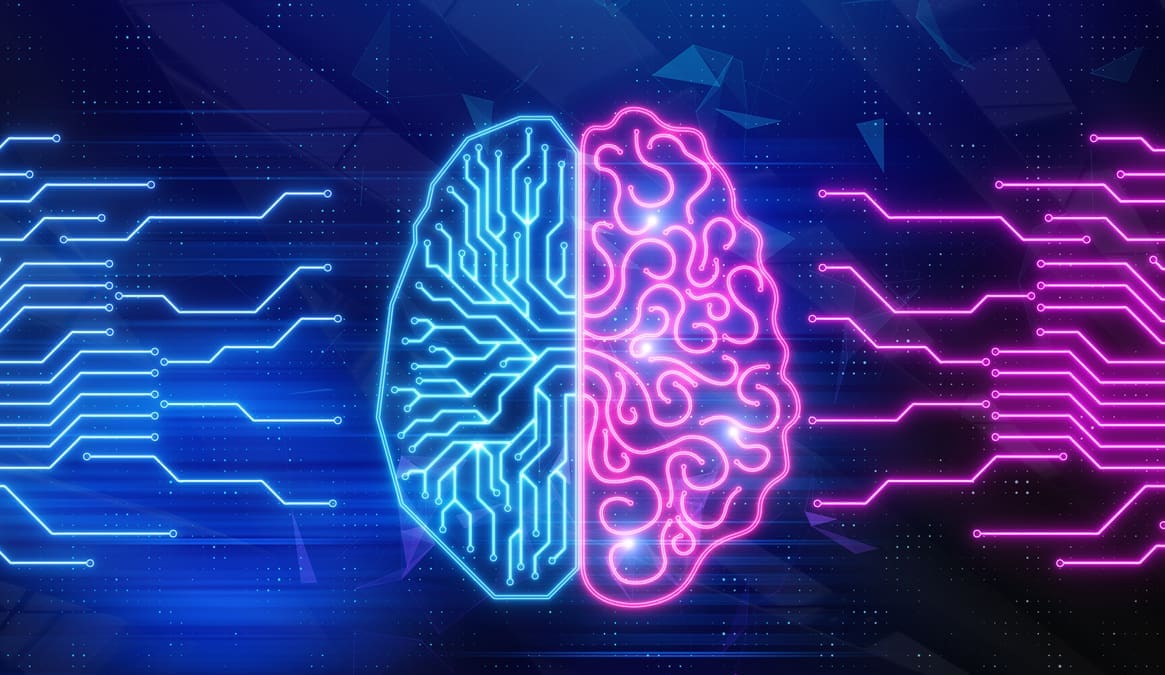Patients often feel trapped when their depression doesn’t respond to traditional methods of treatment such as pharmacology and therapy. Depression is a treatable disease. Traditional methods are not your only option. Nonsurgical brain stimulation methods are continually gaining attention as effective strategies for treating depression. As the field’s recognition broadens, new methodologies have emerged. rTMS (repetitive Transcranial Magnetic Stimulation) is an established and trusted form of nonsurgical brain stimulation; tDCS (Transcranial Direct Current Stimulation) is another brain stimulation method. Mid City TMS wants to help our patients understand the difference between rTMS and tDCS by explaining how the treatments are conducted, their safety, and their effectiveness. The term “TMS” is often used interchangeably
As many as 60% of patients with major depressive disorder (MDD) receive inadequate relief from traditional treatments. Those patients with unresponsive depression view TMS as a life saver, often after years of frustration and disappointment with other kinds of treatments. TMS is not only very effective, but it also doesn’t come with medication’s harmful side effects and withdrawals. The physics behind TMS dates all the way back to the pioneering efforts of Luigi Galvani and Alessandro Volta in the 1790s. In the last 229 years, scientists have honed initial data and developed the modern, FDA approved, TMS treatment utilized today. In the course of research and discovery from clinical experience, a variety of customizable TMS protocols have emerged. In addition to the more commonly used protocol of unilateral, left-sided TMS, Mid City TMS (an NYC TMS center) also offers bilateral TMS as an option for some of our patients. We’re here to answer the question, “What is bilateral TMS treatment?”
NYC TMS Doctor, Bryan Bruno Discusses How Bilateral TMS Treatment Is Different Than Traditional TMS
Major depression is largely the result of dysregulation in the brain, particularly in the outer layer of the cerebrum. Located at the front of the skull, the cerebrum is split into two distinct hemispheres–the right and left. Depression is associated with reduced activity in the patient’s left dorsolateral prefrontal cortex (DLPFC) and often increased activity in their right DLPFC.
The defining principle behind all TMS treatment is that non-convulsive, non-invasive magnetic stimulation can be used to treat depression by enhancing and normalizing brain functioning. High- and low-frequency transcranial magnetic stimulation reverse the effects of under and over excitability. Unilateral TMS uses high-frequency stimulation (10 Hz) pulses to increase reduced excitability in the Left DLPFC. Bilateral TMS uses low-frequency stimulation (1 HZ) pulses to lower overexcitability in the Right DLPFC in addition to high-frequency (10 Hz) pulses to increase reduced excitability in the Left DLPFC.
Traditional TMS Administered at Our NYC TMS Center
In the last two decades, unilateral, left-sided TMS has become the most popular TMS treatment option. It employs an electromagnetic coil to deliver high-frequency magnetic stimulation. Each pulse of the coil increases the patient’s reduced excitability in their Left DLPFC and thereby enhances functioning in this brain region in addition to other areas of the brain that are connected to this area with synapses. The effectiveness of traditional TMS is consistently confirmed in clinical trials, where it achieves remission and response rates that exceed those of tested sham groups.
According to an article published in Harvard Health Publishing, 50% to 60% of MDD patients who have received inadequate results from medication experienced significant relief from TMS treatment. A BMJ study also demonstrated a 50% improvement in patients’ Hamilton Depression Rating scale following traditional TMS treatment.
Bilateral TMS
An innovative application of long-trusted TMS technology is bilateral stimulation. Bilateral TMS uses the same electromagnetic coil technology as unilateral TMS, but it expands its benefits by targeting both the patient’s left and right DLPFC. Bilateral TMS normalizes the under and over excitability in each hemisphere respectively.
Bilateral TMS’ ability to regularize both of the brain’s hemispheres is particularly helpful in patients with substantial anxiety as a component of their depression. Additionally, we often recommend bilateral TMS for patients who do not respond after about 15 unilateral TMS sessions. A recent, 2018 study conducted by the Centre for Addiction and Mental Health, highlighted bilateral TMS as an effective treatment option for those with extreme, unresponsive MDD. The study’s most significant finding was that bilateral TMS aided in reduced suicidal ideation in 40.4% of patients, as compared to 26.8% of patients in the group who received unilateral TMS group.
Bilateral TMS Treatment vs Traditional TMS Treatment Effectiveness
While bilateral TMS treatment may not be as widely practiced as conventional unilateral TMS, the body of knowledge surrounding bilateral TMS treatment reveals its effectiveness as a treatment option, often outperforming unilateral treatment.
For example, a study conducted in September of 2012, explored the effectiveness of bilateral TMS as compared to other stimulation methodologies. The researchers followed seventy-four patients with an age span of 18 to 85 from a tertiary care university hospital. Each patient suffered from treatment-resistant major depression and had a 17-item Hamilton Depression Rating Scale that exceeded 21. The patients were divided at random into three treatment categories and given unilateral, bilateral, or sham rTMS. The bilateral groups’ remission rates far exceeded the sham group. Additionally, the patients treated with bilateral TMS had superior results to those who received unilateral TMS treatment.
A comprehensive meta analysis published in 2019 determined the comparative effectiveness of unilateral and bilateral repetitive transcranial magnetic stimulation in offering relief for treatment-resistant depression. Patients who received bilateral stimulation exhibited greater remission and response rates than those who received unilateral TMS. Researchers used the results of 23 randomized, controlled trial studies spanning two decades to reach this conclusion.
Bilateral TMS Offered by NYC TMS Doctors
Mid City TMS’ Medical Director, Dr. Bryan Bruno, as an early proponent and practitioner of TMS, has provided effective treatment for many hundreds of patients with Major Depression. His dedication to seeing the most patients receive relief leads him to use multiple protocols and find real solutions. As research continues to suggest that bilateral TMS is often the most effective TMS protocol, Mid City TMS, your NYC TMS doctors, will continue to offer it as a TMS treatment option.
Contact Mid City TMS today if you’re interested in receiving a customized, non-invasive, non-compulsive MDD treatment plan. We’ll help you determine whether bilateral TMS is right for you.



